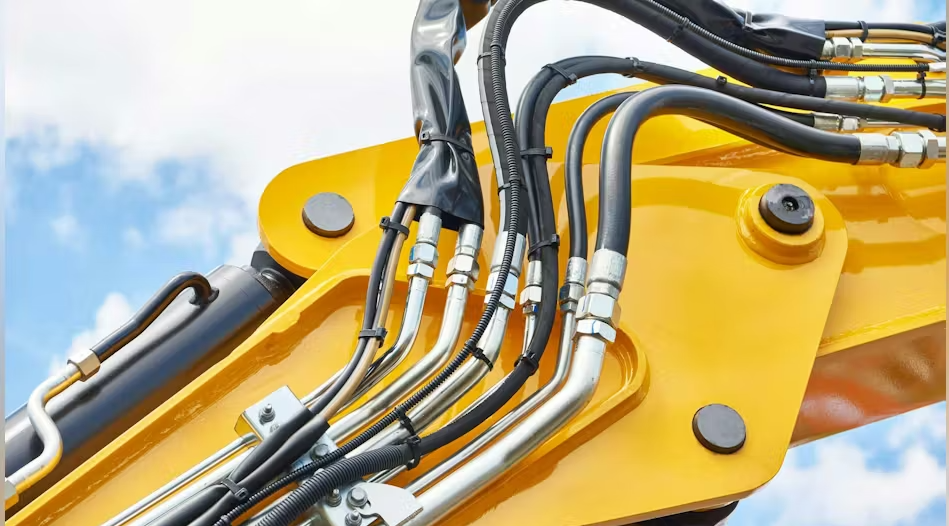
Hydraulic technology continues to evolve, with innovations focusing on improving energy efficiency, reducing environmental impact, increasing system reliability, and enhancing automation. Below are some key recent innovations in hydraulic technology:
We pride ourselves on our comprehensive approach to manufacturing, from design and production to testing and delivery. With a focus on quality, precision, and continuous improvement, Hydrostud Enterprises is your trusted partner in the hydraulic component industry.
Copyright © 2025 Hydrostud Enterprises Private Limited. All rights reserved.